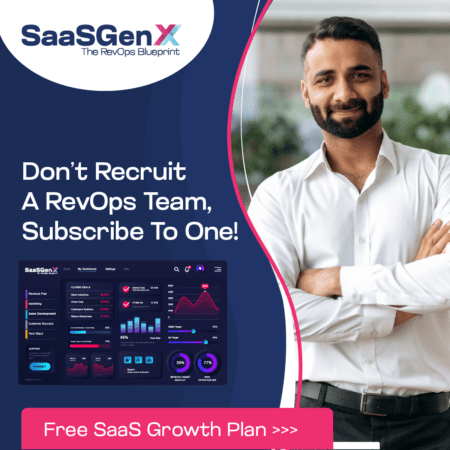Launching a Software as a Service (SaaS) company comes with myriad challenges, and marketing often tops the list. The primary obstacles typically include insufficient awareness of the product, poor conversion rates from prospect to customer, and inconsistent marketing outcomes. To effectively tackle these issues, marketing automation proves to be an essential tool. It not only streamlines processes but also enhances the application of the AIDA (Attention, Interest, Desire, Action) model, significantly improving marketing strategies for any SaaS start-up.
Exploring the AIDA Model in SaaS Marketing
The AIDA model is a traditional marketing framework that delineates the customer journey through four stages: Attention, Interest, Desire, and Action. Here’s how SaaS companies can implement each phase:
- Attention: The initial challenge is making potential customers aware of your SaaS product. Marketing automation tools can aid by deploying targeted advertisements, social media posts, and content marketing strategies across various channels, ensuring your message reaches the appropriate audience efficiently.
- Interest: Having captured attention, the next step is to generate interest. This is particularly crucial for SaaS businesses due to the often complex nature of their product offerings. Automated email marketing campaigns can send informative content that educates your audience about your product’s unique benefits and features. Webinars and free trials can also be automated to engage potential customers further.
- Desire: In this stage, your prospective customers consider purchasing your product. Personalisation through marketing automation plays a pivotal role here. By analysing user behaviour and preferences, you can tailor messages and offers that resonate personally with prospects, thereby increasing the likelihood of a sale.
- Action: The final stage is where a prospect converts into a customer. Automating the sign-up and onboarding processes ensures a seamless transition. Furthermore, remarketing strategies can be automated to target users who abandoned the cart or sign-up process midway, encouraging them to complete the action.
SaaSGenX SaaS Marketing Automation follows a tried and tested model to increase marketing qualified leads
Implementing Marketing Automation for Effective SaaS Marketing
- Automated Lead Generation: Use tools to automatically capture leads from your website, social media platforms, and other online interactions. This includes employing chatbots, landing pages, and lead capture forms that integrate seamlessly with your CRM system.
- Segmentation and Personalised Marketing: By segmenting your leads based on behaviour, demographics, or stage in the sales funnel, you can tailor your marketing messages more effectively. Automated email marketing platforms help deliver content specifically designed to appeal to different segments, increasing relevance and engagement.
- Analytics and Optimisation: Marketing automation isn’t simply about setting and forgetting. It’s essential to continually analyse the performance of your campaigns and make data-driven decisions. Automation tools offer analytics features that help you track user engagement, conversion rates, and other critical metrics. This data is used to refine your marketing strategies and improve overall effectiveness.
- Customer Retention: Post-sale marketing automation is crucial for SaaS businesses due to their subscription-based model. Automated onboarding sequences, regular updates, and feedback surveys help keep your customers engaged and satisfied, which encourages renewals and upsells.
Key Trends and Statistics in Marketing Automation
Marketing automation is increasingly becoming a cornerstone of effective digital marketing strategies. As of recent data:
- 63% of SaaS startups outsource all or part of their marketing automation strategy planning.
- By implementing marketing automation, businesses have seen a 451% increase in qualified leads.
- Automated emails generate 320% more revenue than non-automated emails.
Conclusion
For SaaS startups, integrating marketing automation into the AIDA model not only addresses common challenges such as lack of awareness, poor conversion, and inconsistency but also bolsters the effectiveness of marketing efforts. By automating repetitive tasks, personalising customer interactions, and continuously optimising based on analytics, SaaS companies can attract and retain customers more efficiently. Embarking on your SaaS marketing journey with a strong focus on automation will lay a solid foundation for sustainable growth and success.


